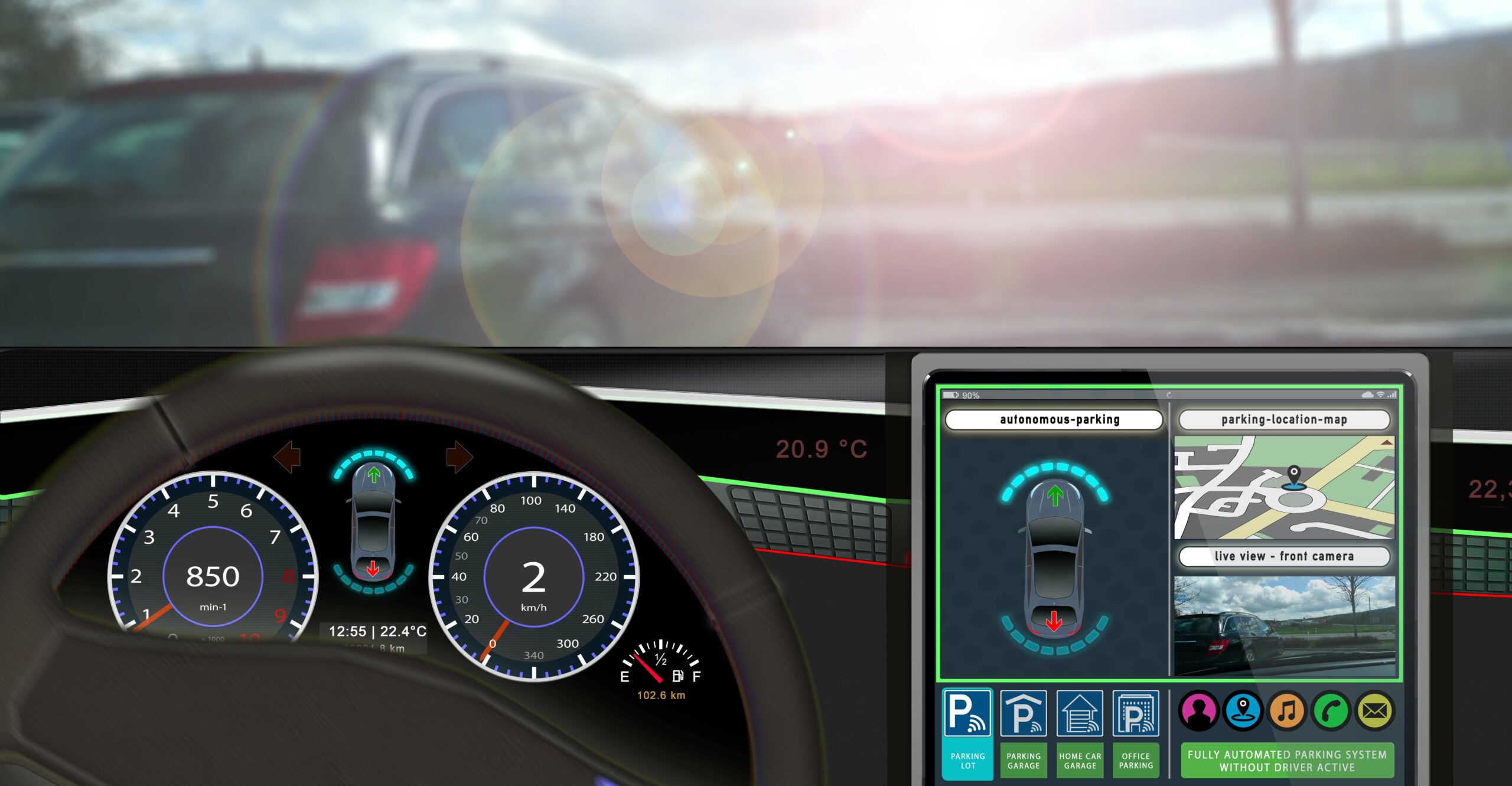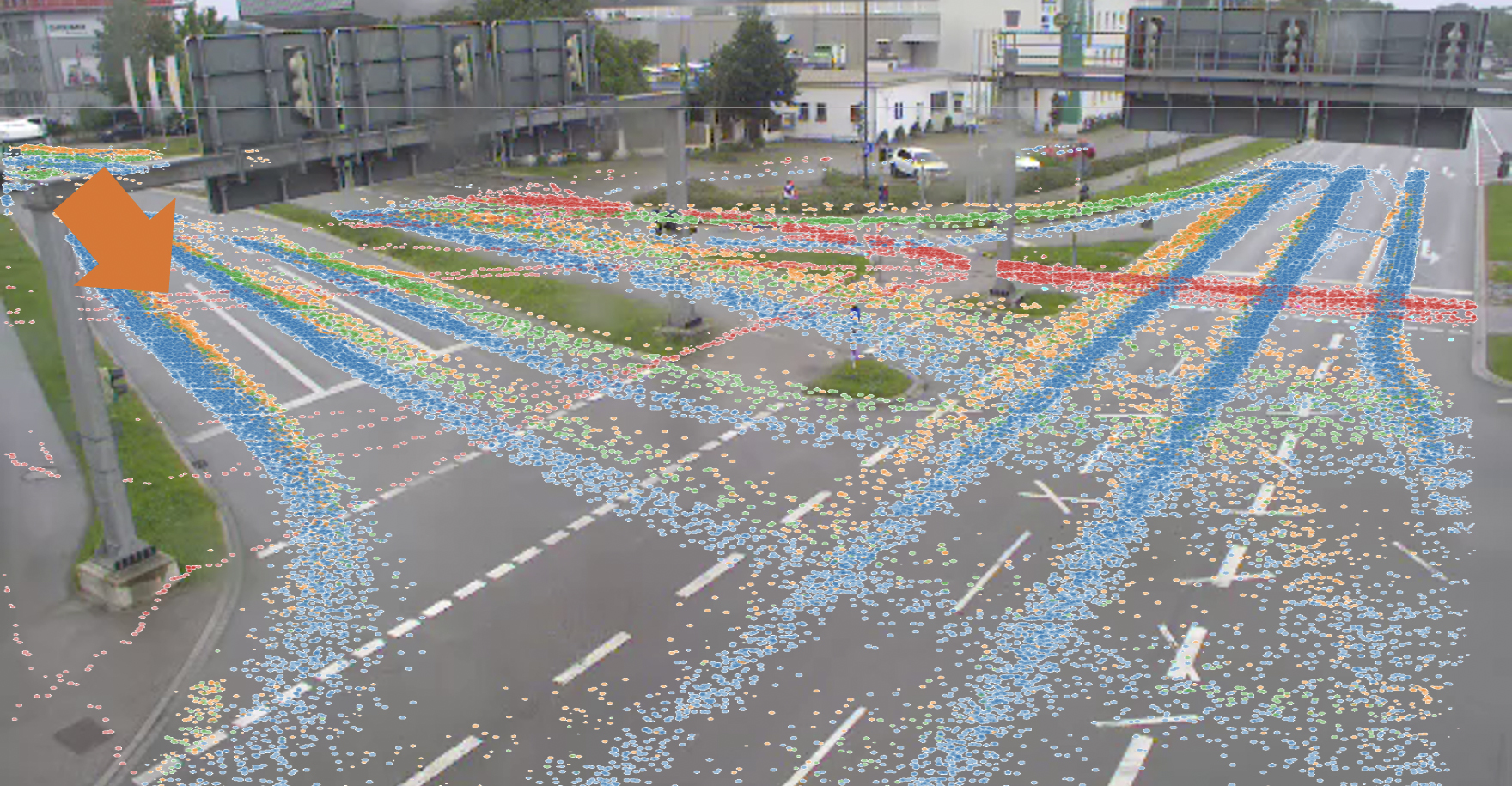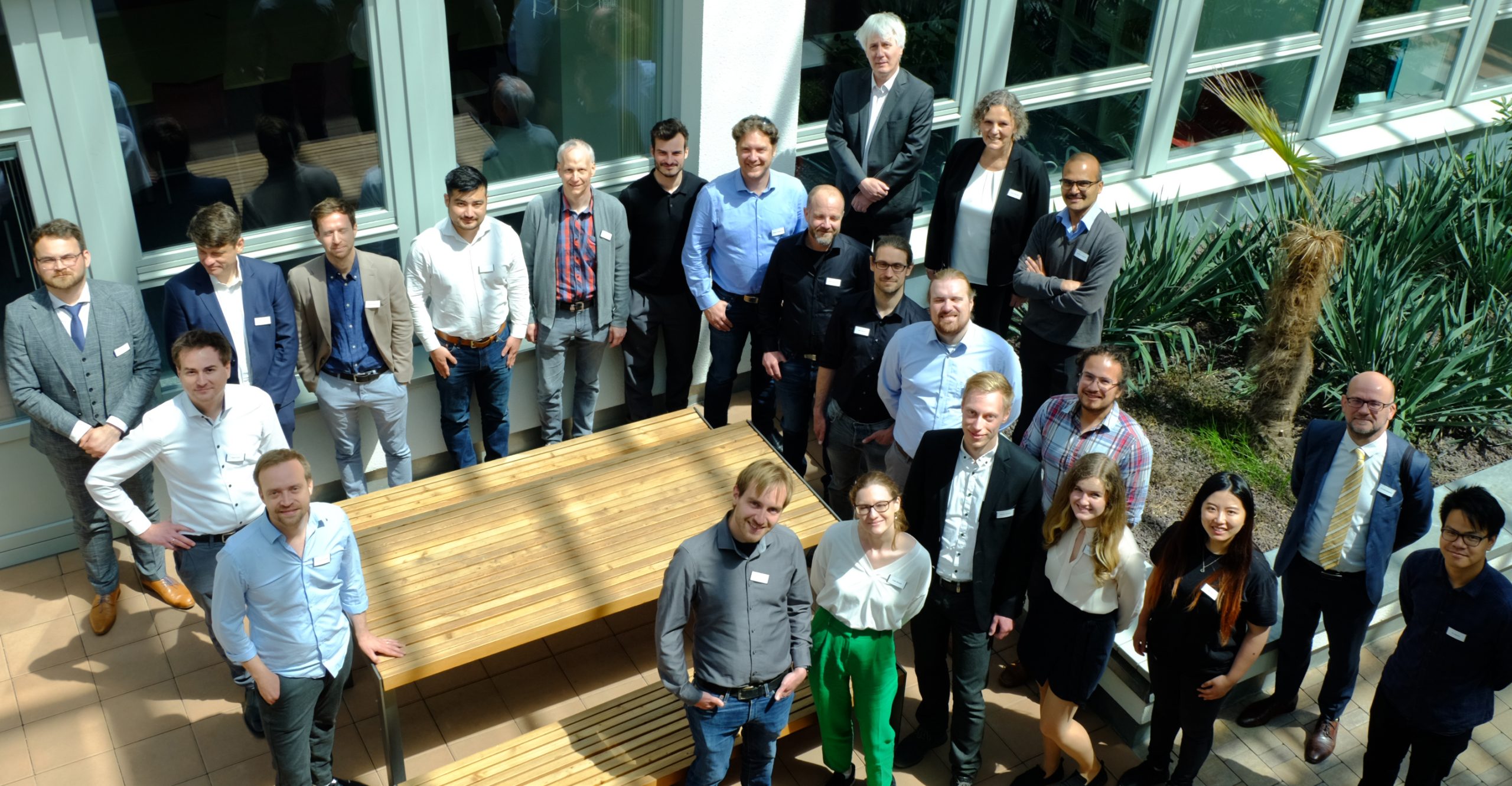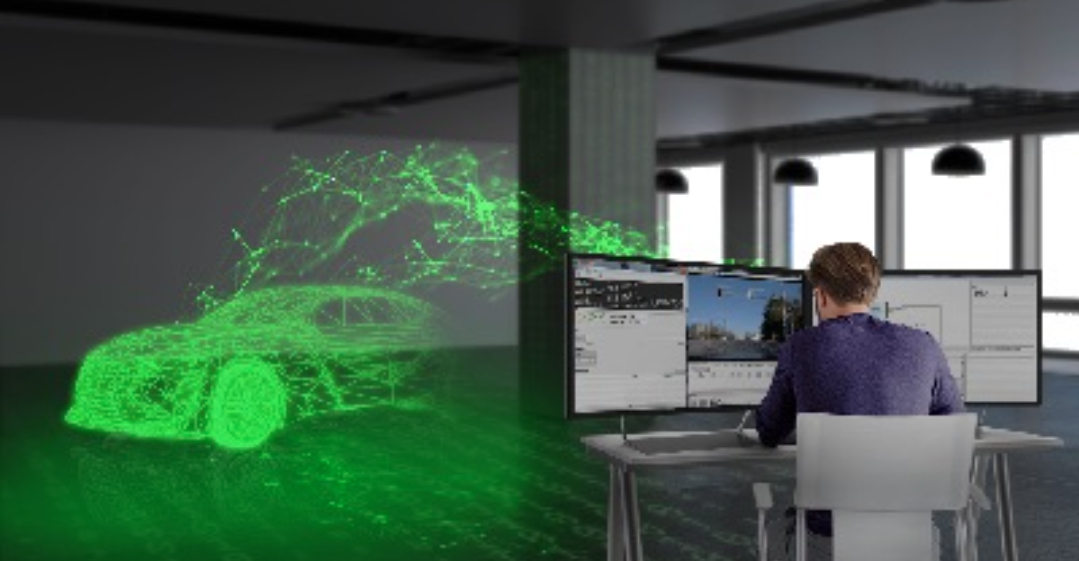
Automated driving: How assistance systems can benefit from external infrastructure
With the help of the Providentia infrastructure and the additional sensor data associated with it, driver assistance systems from Providentia++ partner Valeo are able to make more farsighted decisions than before. An important challenge: a precise time base for all data streams. We talk with Dr. Jens Honer, Senior Expert for Environment Perception, Tracking and Fusion at Valeo.
Valeo has been involved with Providentia from the beginning. From your perspective, what has been achieved so far?
Because of our many years of experience with projects in the automotive sector, we chose a very formal approach to Providentia++. In the first few months we closely analyzed how and under what circumstances our in-vehicle sensor technology can be supported by an infrastructure-based environment-perception system such as that provided by Providentia++. The resulting use cases and requirements are a valuable aid not only for designing the Valeo system in Providentia++, but also for the development of the next generation of assistance systems. One example is the use of a precise time base for all data streams. For this purpose, our entire signal processing in the vehicle was synchronized with a dedicated common clock, which can in turn synchronize itself to the generally available Global Positioning System (GPS) time. With the time oriented to the GPS navigation satellites’ time system as a common basis, external data streams (such as from the Providentia++ infrastructure sensors or other vehicles) can be integrated exactly into the time sequence of the signal processing, without introducing additional insecurity through fluctuating communication runtimes. The Valeo vehicle assembled in the project is equipped with state-of-the-art automotive sensors: Multiple cameras, radars, and second-generation Valeo Scala lidars can scan the surroundings with precision to provide a solid data basis for the environment perception. In addition, the built-in IMU/GNSS system (short for Inertial Measuring Unit / Global Navigation Satellite System) enables an exact positioning of the vehicle relative to the infrastructure sensors, thus fulfilling all requirements for the use of all available data in the vehicle’s algorithms.
What important research steps are still needed in Providentia++ before Valeo reaches its long-term goal of using an interface to the Providentia system in its own assistance system?
With the vehicle completed and requirements defined, we can fully concentrate on the development of the algorithms. In particular, this concerns environment perception, taking into account all sensor modes as well as the subsequent planning algorithms. For environment perception, it is important to find the optimal modeling under consideration of all boundary conditions in order to build a robust and consistent model of the environment. It is on this basis that the planning algorithms operate, recognizing and evaluating traffic situations and making decisions that are both safe and comfortable for the user.
This information must then be fed back into the Providentia system so that other traffic participants can also benefit from it. The final and probably most important step is to evaluate the performance of the system.
Does Valeo have specific value-added services in mind that will be made possible by Providentia?
The applications for a system like Providentia are extremely diverse and depend to a great extent on underlying conditions such as the general level of automation of all vehicles. These conditions cannot be controlled by a single Tier 1 supplier or even an OEM. So Valeo is trying to bridge the gap between current (ADAS) and future fully automated systems by building a system that gives customers greater comfort and safety today, regardless of the level of automation of other vehicles. We are achieving this through a combination of our own vehicle sensor technology and the infrastructure sensor technology of the Providentia system: While the high-resolution vehicle sensor technology enables precise vehicle control, the long-range infrastructure sensor technology allows the driving strategy to be optimized for the given traffic patterns – at the onset of a traffic jam, for example. Such an ADAS can make intelligent and farsighted decisions and thus contribute to both comfort and safety.
To achieve the same level of safety for a fully automated vehicle as for a human driver, we need to achieve error rates of less than 0.000001 per kilometer. This corresponds to about one error every one million kilometers. (Dr. Jens Honer, Senior Expert for Environment Perception, Tracking and Fusion at Valeo)
What special challenges do you see in the project?
At Valeo, we set very high standards for the performance and safety of our systems. To achieve the same level of safety for a fully automated vehicle as for a human driver, we need to achieve error rates of less than 0.000001 per kilometer. This corresponds to about one error every one million kilometers. This places extremely high demands on the robustness of the sensor technology and algorithms – and thus on the developers as well. In addition, the detection of such small error rates is an extremely difficult task, with regard to cost-effectiveness. For all these problems, we need to find intelligent and scalable solutions which can also be used in future systems beyond the Providentia++ project.
What practical tests have already been carried out on-site, and what do you expect from the upcoming test drive of your EGO test vehicle?
So far, the development has been based on subsets of the data that is theoretically available. As a next step, we plan to collect data from all sensors and the Providentia system on the A9 highway simultaneously and to apply the concepts we have developed to all the data.
FURTHER CURRENT TOPICS

Cognition Factory: Evaluate and visualize camera data
Since the beginning of research on the digital twin, AI specialist Cognition Factory GmbH has focused on processing camera data. In the meantime Dr. Claus Lenz has deployed a large-scale platform

Digital real-time twin of traffic: ready for series production
Expand the test track, deploy new sensors, decentralize software architecture, fuse sensor data for 24/7 operation of a real-time digital twin, and make data packets public: TU Munich has decisively advanced the Providentia++ research project.

Elektrobit: Coining Test Lab to stationary data
Elektrobit lays the foundation for Big Data evaluations of traffic data. Simon Tiedemann on the developments in P++.
